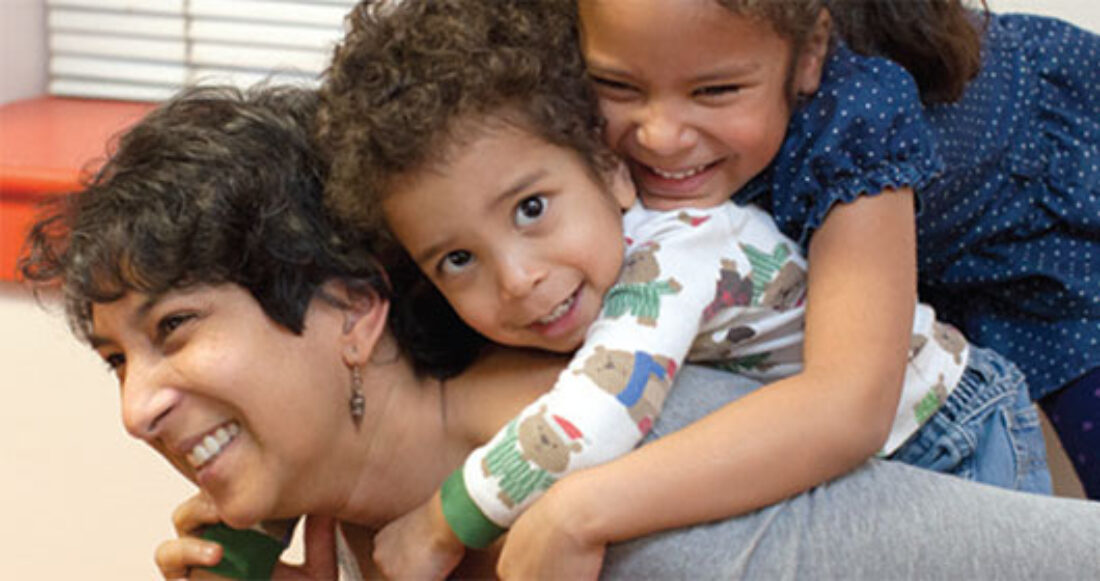Five Questions with Casey: Irene Lee and the Foundation's Work on Immigration Issues

Irene Lee directs the Foundation’s work focused on ensuring individuals and families have access to economic opportunity and started our grant making around refugee and immigrant families. Lee chairs the Maryland Adult Learning Advisory Council and serves on the task force for performance-based funding in adult education for Maryland. She also was appointed by Gov. Martin O’Malley to serve on the Maryland Council for New Americans and has played a leading role on a number of national panels and in efforts addressing the challenges of immigrant and refugee families.

Q1. What was the origin of the Foundation’s refugee and immigrant portfolio?
Casey recognized that it was critical to address the needs of a changing population of children in this country. Children in immigrant families were the fastest growing segment of the child population between 1990 and 2007. National data from the Census Bureau showed that the percentage of children growing up in immigrant families rose from 13% in 1990 to 25% in 2010. In 2012, one in four children under the age of 18 lived with at least one immigrant parent. These kids represent one-third of the 31 million children living below the poverty line, and that makes this population increasingly important for us as a foundation focused on improving outcomes for children.
Q2. What about this population drew your interest?
Addressing the challenges faced by children from immigrant and refugee families is extremely relevant in our efforts to reform the child welfare and juvenile justice systems and to strengthen neighborhood and family resources for children and families in high-poverty communities. For example, in our former Making Connections initiative, 25% of residents in the target neighborhoods of at least four sites (Denver, Providence, San Antonio and Seattle) were foreign-born. We recognized the need to address specific barriers that immigrant and refugee families face in accessing services and in the design of strategies to help lift parents out of poverty while improving early learning opportunities for kids. Even though kids in immigrant and refugee families were the fastest-growing segment of the population, they were being mostly ignored in the national conversation.
Q3. What did the Foundation learn about immigrant children and families as it delved into this work?
We supported efforts by several grantees and by our KIDS COUNT team to collect data to raise the visibility of barriers facing children of immigrant and refugee families and to develop data-driven interventions. The four risk factors we identified that jeopardized their odds of success were having parents: who did not speak English proficiently, who lacked U.S. citizenship, who had low levels of education and who had lived in this country for less than 10 years. Children whose parents had all four risk factors lived in families with the highest poverty rates. The data also helped debunk common myths. For example, contrary to what many believe, more than two-thirds of children living in immigrant families are U.S. citizens — and therefore eligible for benefits.
Q4. What kinds of strategies has the Foundation used to address these issues?
We have supported efforts to improve access to services and opportunities for immigrant and refugee families both by expanding access to English as a Second Language classes and by ensuring that materials are available in other languages for parents to navigate the legal, child welfare, juvenile justice and other social service systems. This work is critical so that children are not put in the position of having to interpret for their parents and assume responsibility for adult decisions and outcomes. We helped 90 federal agencies develop model policies and templates to translate critical documents and offer telephone information lines in multiple languages.
Another key focus has been providing services to help immigrant workers who send money to relatives in their home countries avoid having to pay inordinate fees for these transactions. The efforts of a task force and partnerships we helped support resulted in the first federal consumer protections for immigrants sending money abroad and in a significant reduction in the average remittance fee.
Q5. What is the focus of Casey’s moving forward?
Foreign-born parents represent about 45% of all parents of young children who do not have a high school degree, which puts kids at risk of poor outcomes. So part of our work is now focused on reducing language, literacy and citizenship barriers that keep this population in low-wage jobs. That includes exploring workforce programs that help immigrants learn English in the context of training for a job in a specific industry, as well as supporting efforts to expand their access to the financial mainstream through credit unions.





